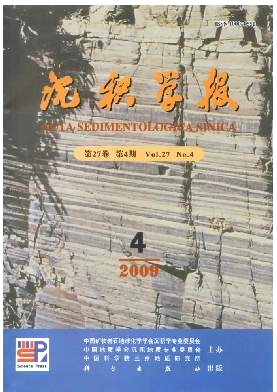Duststorm Events in Kekexili Area, Northern Tibetan Plateau During the Past 4000 Years: 〖WTBZ〗Evidence from Grainsize Analysis of Lacustrine Sediments in Kusai Lake
- Received Date: 1900-01-01
- Rev Recd Date: 1900-01-01
- Publish Date: 2009-08-10
-
Key words:
- Kusai Lake /
- grainsize characteristics /
- duststorm events /
- Asian Monsoon /
- Northern Tibetan Plateau
Abstract: Based on the analyses of grainsize characteristics for lacustrine sediments in Kusai lake, compared with grainsize characteristics of trapped aeolian dust, the results indicate that the coarse grain component(>64 μm) are carried by wind action, recording the duststorm history of this area. The reconstructed duststorm sequence show: 2 500~800 cal aBP was the period with the highest frequency for duststorm events, while during 4 000~2 500 cal aBP and 800~0 cal aBP the frequency were lower correspondingly; and the duststorm events in the past 1 000 years were concentrated in the three cooling events stages of LIA. Comparative analysis with oxygen isotope records from Dongge Cave reveals that the climatic evolution of Kusai Lake area can be effected by the Asian Monsoon during the past 4 000 years, and the duststorm events occurred frequently during the colddry climate due to the decreased Summer Asian Monsoon.
| Citation: | WANG Yongbo. Duststorm Events in Kekexili Area, Northern Tibetan Plateau During the Past 4000 Years: 〖WTBZ〗Evidence from Grainsize Analysis of Lacustrine Sediments in Kusai Lake[J]. Acta Sedimentologica Sinica, 2009, 27(4): 691-696. |






 DownLoad:
DownLoad: